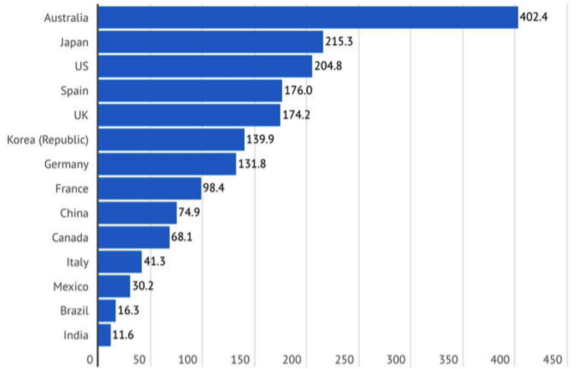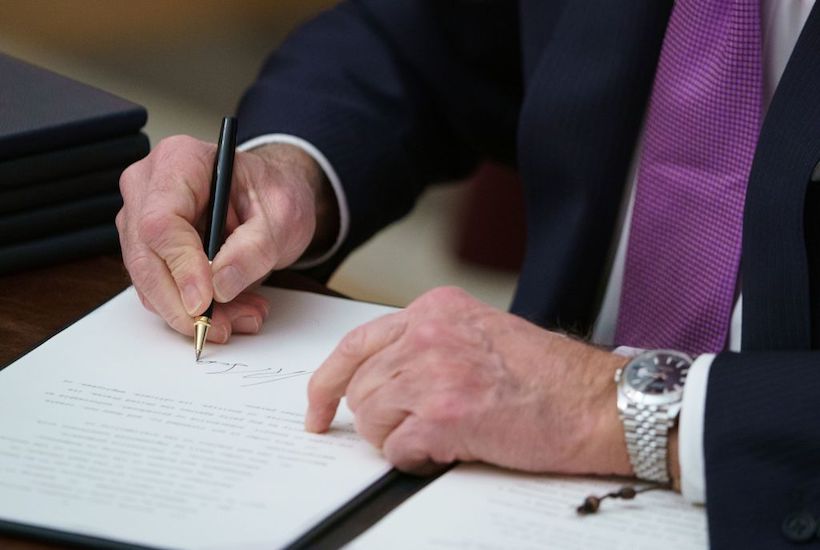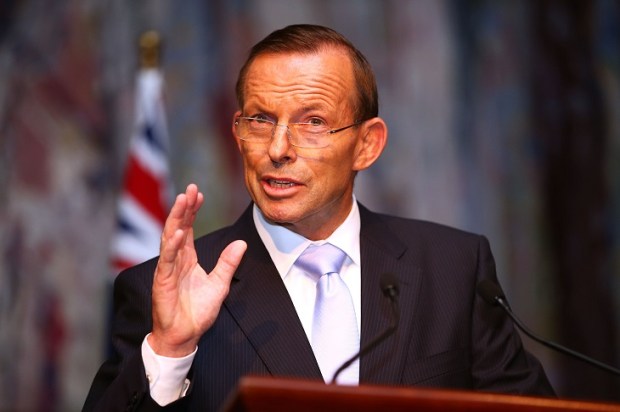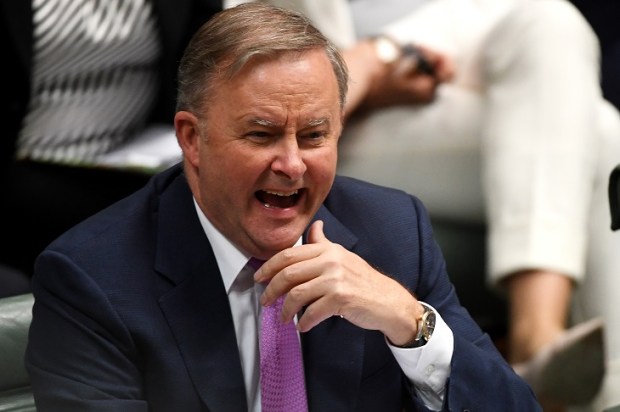Day 1 of the Biden Presidency saw the reversal of several of the Trump administration’s environmental policies, including tighter vehicle emissions standards, a moratorium on oil and natural gas leases in the Arctic National Wildlife Refuge and revoking the permit for expanding and re-routing the Keystone oil pipeline from Canada to the Gulf of Mexico. Biden also announced that the United States will re-join the Paris Climate Accord and has previously raised the possibility of a carbon tax.
These and other measures are likely to undermine the conditions that have given low electricity costs to many parts of the US and made the US an oil and gas net exporter for the first time in 60 years.
But as is the case around the world, business in the US is falling into line with a perceived inevitability of increased measures to penalise carbon emissions and is focussed on reducing the damage this will cause to competitiveness. One US business association, the American Petroleum Institute, in its just released annual “State of American Energy”, said it wants to work with Mr Biden on emissions limits and trade policy, but said more taxes and regulations could hurt consumers and workers. But this insipid defiance was too much for some of its members, like oil giant Total which has left the API due to its opposition to increased restraints on methane emissions from oil and gas, to subsidies for electric vehicles and to carbon pricing.
Speaking for wider industry interests, the US Business Roundtable supports reducing greenhouse gas emissions by at least 80 per cent by 2050. It favours a “price on carbon” (a carbon tax) and, to ensure US firms are not disadvantaged, “rebates, allowances and/or border adjustments — consistent with US international obligations”.
Putting a “price on carbon” is in line with the EU plans to introduce a carbon border tariff. There has been strong support for such policies from Biden–aligned analysts in the US, though these were based on a carbon tax assumed to be $20 per tonne, (about the level of that introduced by the Gillard Government in 2013). A tax over tenfold this rate would be required to achieve the targeted emission reductions and governments would probably prefer to disguise the costs by using less transparent policy measures.
Aluminium presents an extreme effect of such a tax, since energy accounts for a third of its cost. For aluminium, trading at $2000 per tonne, the energy cost is $700 without a carbon tax; with a $200 per ton carbon tax, energy costs from a coal generator would amount to $3,500 per ton of aluminium. Energy sourced from New Zealand or Iceland has no carbon dioxide content, whereas if it comes from Australia or China, in line with the emissions from electricity supply, it could be designated to incur a $200 per ton of carbon for 60 per cent of the energy it used.
But would putting a price on the carbon embedded in the costs of finished products be practicable? After all, goods contain multitudes of components sourced from different suppliers and countries with diverse carbon dioxide shares.
Emissions directly from the company-owned or controlled sources and those indirectly generated from the energy bought and consumed during production are difficult enough to measure when the electricity system is a mix of different technologies. But these sources are typically only 25 per cent of the total emissions entailed in producing and delivering a product. Add on other constituents like transport, mining, fabrication and packaging, and the calculations become thousands of times more complex.
We do, however, have a tax offsets system in the treatment of GST, where every transaction’s tax in the chain of production is offset until it reaches the final consumer. And we now have blockchain, under which all energy can be tracked by the time and location of its production allowing generation and consumption to be matched in real time. While this may not presently be comprehensive, the digital revolution makes it increasingly feasible to have a measure of the carbon content of every product and every service that is produced.
In the interim other less rigorous measures are being developed and, given a US/EU consensus, will doubtless be judged compatible with the World Trade Organisation’s rules.
Incoming US Secretary of the Treasury, Janet Yellen, a firm believer in restraining carbon emissions, has been working with the Republican-Democrat group, the Climate Leadership Council, on means of implementing such policies. She has suggested countries that introduced carbon adjustment fees could form “carbon customs unions” compliant with World Trade Organization rules. This is similar to EU thinking under which countries will be able to avoid punitive carbon tariffs only if their climate policies match that of Europe.
Countries classed as developing nations would likely avoid a US/EU carbon tariff by avowing, as China has, to meet goals similar to those of the EU forty years hence. Such an option would not be available to Australia, although Australia has gone further down the road of imposing crippling costs of renewable energy subsidies on industry and consumers alike.
Investment in clean energy ($US/per capita)

Source: Bloomberg
Even so, internal critics consider this to be insufficient and pressures will intensify for further measures which will impose considerable costs on the economy.
Got something to add? Join the discussion and comment below.
Get 10 issues for just $10
Subscribe to The Spectator Australia today for the next 10 magazine issues, plus full online access, for just $10.


























Comments
Don't miss out
Join the conversation with other Spectator Australia readers. Subscribe to leave a comment.
SUBSCRIBEAlready a subscriber? Log in